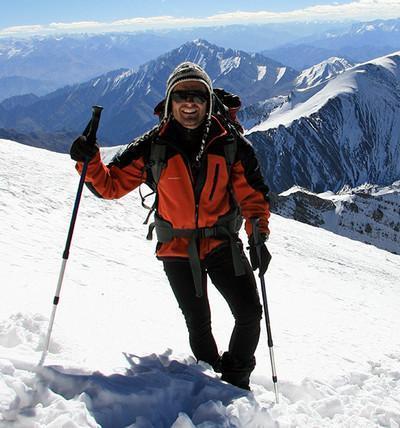When purchasing a snowboard jacket you need to consider a few important factors. These factors are Gore-Tex, breathability, and tailoring. A jacket with these features will give you the highest level of protection and comfort.
Gore-Tex
Gore-Tex is one of the most advanced waterproofing technologies on the market. It is ideal for a wide range of conditions, including the extremes of rain and wind.
Gore-Tex is the industry standard for water protection. When used in conjunction with wicking layers, it helps to keep the user dry and comfortable. The Gore-Tex
membrane is designed to allow sweat vapor to escape while preventing water from penetrating into the layers.
Originally conceived in the 1970s, Gore-Tex is a waterproof breathable fabric with microscopic pores. These pores are about 20,000 times smaller than water droplets, ensuring that liquid water cannot penetrate.
There are several different types of Gore-Tex products on the market. There are two main styles, traditional waterproof "black diamond" Gore-Tex and softer, all-weather "white diamond" Gore-Tex.
Synthetic Insulation
Synthetic insulation in snowboard jackets is a type of synthetic material, which can either be used as an outer layer or as a midlayer. It helps to keep you warm and comfortable in cold, wet weather.
The most common synthetic insulation is PrimaLoft. This brand is well known for its environmental-friendly innovations. They offer three main lines of insulation, each of which comes with its own merits.
Patagonia's Micro Puff is the lightest insulated jacket on the market. It is made from a lightweight Pertex Quantum nylon fabric and contains PlumaFill insulation. Its unique stitching pattern keeps the insulation in place.
Polartec Alpha is also another brand that offers high-quality synthetic insulation. It offers an excellent warmth to weight ratio and is arguably the most breathable synthetic fabric available.
Breathability
If you're shopping for a snowboard jacket, you need to make sure it has breathability. Breathability is the amount of moisture that passes through a fabric over a period of time. A jacket with a higher number is better for letting moisture escape.
The best waterproofing and breathability technology available today is Gore-Tex. Gore-Tex is a proprietary membrane that stretches and resists water. It's incredibly breathable, and it helps to provide extra protection from snow absorption.
To find the best winter jacket, you must first consider your activities, weather conditions, and where you plan to go. You'll also want to consider a jacket's weight and style.
If you live in a cold climate, you'll likely need a jacket that has insulation. This is especially important if you're a backcountry skier.
Tailoring
When it comes to tailoring a snowboard jacket, there are a lot of options. A lot of manufacturers offer measurement systems to help you determine the best fit. They also have a ton of accessories to go along with your new purchase.
You will want to look for the following features: a good hood, a waterproof zipper and a lining that is warm enough. Also, try to find a snowboard jacket with a powder skirt and special underwear. This will provide an extra layer of protection to keep you warm in the event of a powder day.
There are a number of materials that are used to create a high performing snowboard jacket. One of the most notable is Nylon. This material is durable and dries quickly, making it perfect for this application.
Hoods
If you plan on riding in wet weather, it's important to invest in a jacket that is waterproof. There are several factors to consider when choosing a waterproof snowboard jacket. It's important to look at the fabric and construction to determine how well it can protect you.
Some of the best jackets for wet weather are those that have Gore-Tex
or Eco-Vortex fabric. These fabrics are waterproof and are breathable at the same time. They are also windproof, which is a big plus in a winter sport.
Another factor to look at is the quality of pockets. Some jackets come with an interior chest pocket, while others include two exterior pockets. A backcountry rider might need more space for storing items than a rider who skis on the main trails.





